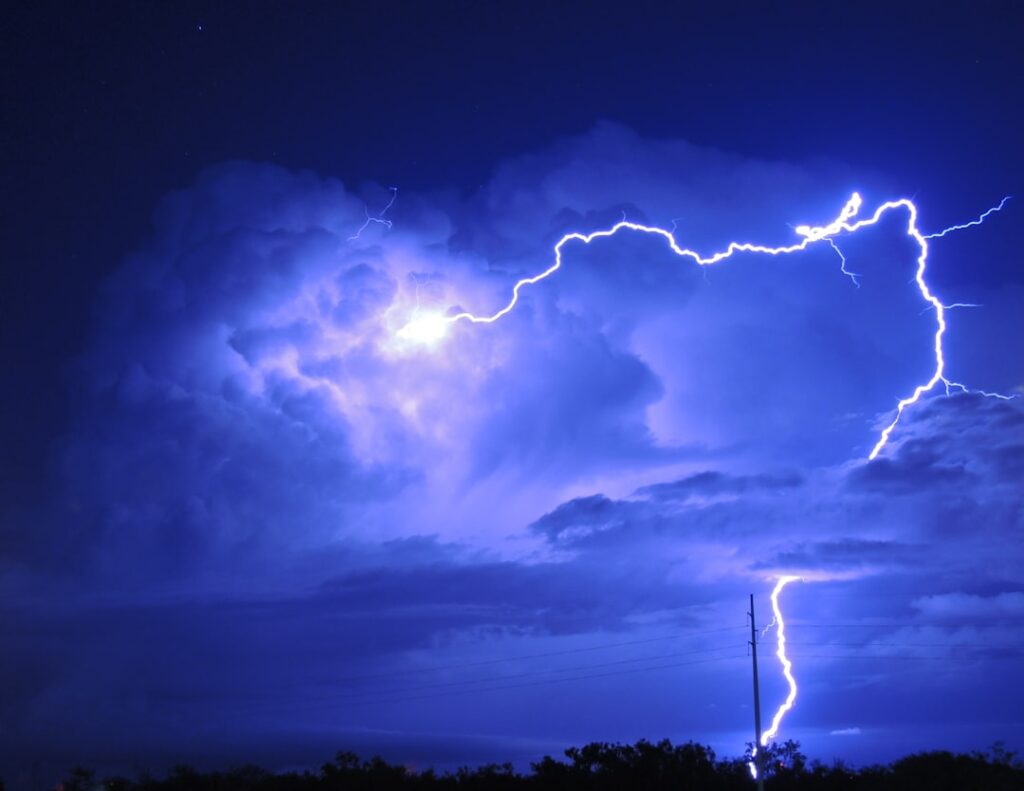Hurricanes. The very word evokes images of wind-whipped chaos, torrential rain, and devastating floods. While fear is a natural response, understanding the underlying atmospheric physics can transform that fear into empowered preparedness. This isn’t about becoming a meteorologist; it’s about harnessing basic scientific principles to make informed decisions that protect you and your loved ones. Let’s debunk some common myths and unlock the power of knowledge.
Myth 1: “It’s Just Wind – I Can Handle It”
This is perhaps the most dangerous misconception. While the ferocious winds are certainly a major threat, the devastation of a hurricane extends far beyond simply high wind speeds. Atmospheric physics reveals the intricate interplay of factors: low atmospheric pressure creates storm surges, pushing massive walls of seawater inland. Understanding the physics of these surges helps you identify high-risk areas and make informed evacuation decisions. Strong winds aren’t just about flying debris; they’re about the pressure differential that can rip roofs off buildings and level structures.
Myth 2: “If I’m Inland, I’m Safe”
The reach of a hurricane’s destructive power extends far beyond the immediate coastline. Torrential rainfall, fuelled by the hurricane’s powerful updrafts and atmospheric moisture, can lead to widespread flooding hundreds of miles inland. This isn’t just about overflowing rivers; it’s about the saturation of the ground, causing landslides and flash floods in areas you might not expect. Knowing how atmospheric lift and condensation contribute to rainfall helps you understand the potential inland threats.
Myth 3: “I’ll Just Wait and See”
Procrastination is the enemy of hurricane preparedness. Understanding the physics of hurricane formation and intensification allows you to react earlier and more effectively. Tracking the storm’s trajectory and intensity, even with basic knowledge of atmospheric pressure systems and wind patterns, gives you a crucial head start in making vital preparations. Waiting until the last minute significantly reduces your options and increases your risk.
Myth 4: “My House is Strong Enough”
Building codes and construction standards are designed to withstand average weather events. Hurricanes represent extreme weather, pushing buildings to their limits. Understanding the physics of wind pressure and storm surge allows you to appreciate the potential damage, even to seemingly sturdy structures. Taking proactive measures like reinforcing windows, clearing gutters, and securing loose objects becomes significantly more critical with this knowledge.
Empowering Yourself Through Understanding
Instead of letting fear paralyze you, channel your energy into learning. Numerous online resources offer easily digestible information about hurricane physics, forecasting, and preparedness. Understanding the science isn’t about memorizing complex equations; it’s about developing a foundational awareness of the forces at play. This knowledge empowers you to make informed decisions, prepare effectively, and approach hurricane season with confidence and resilience.
This isn’t just about surviving a hurricane; it’s about thriving afterward. By understanding the physics behind these powerful storms, you’re not just reacting to nature’s fury; you’re actively participating in your own safety and security. Take control, educate yourself, and emerge from hurricane season stronger and more prepared than ever before. You’ve got this!

